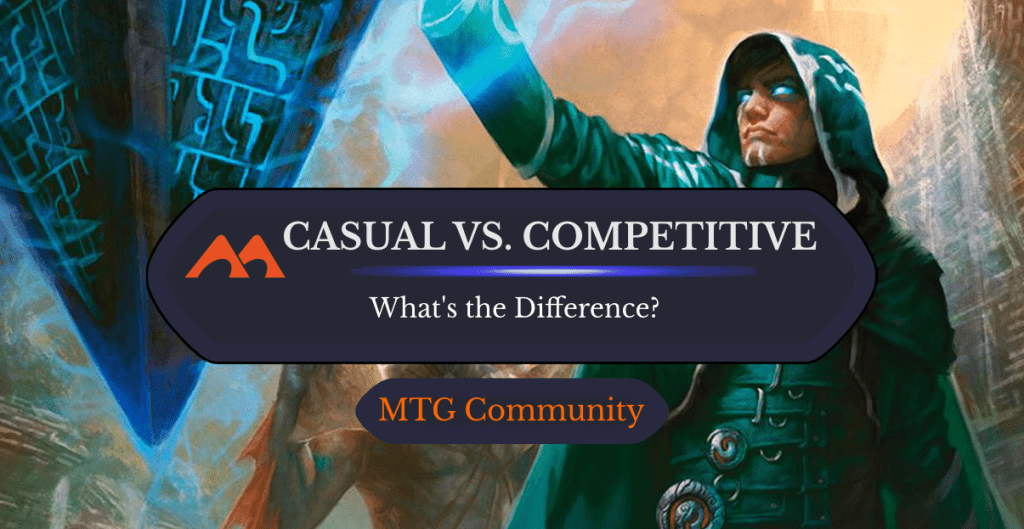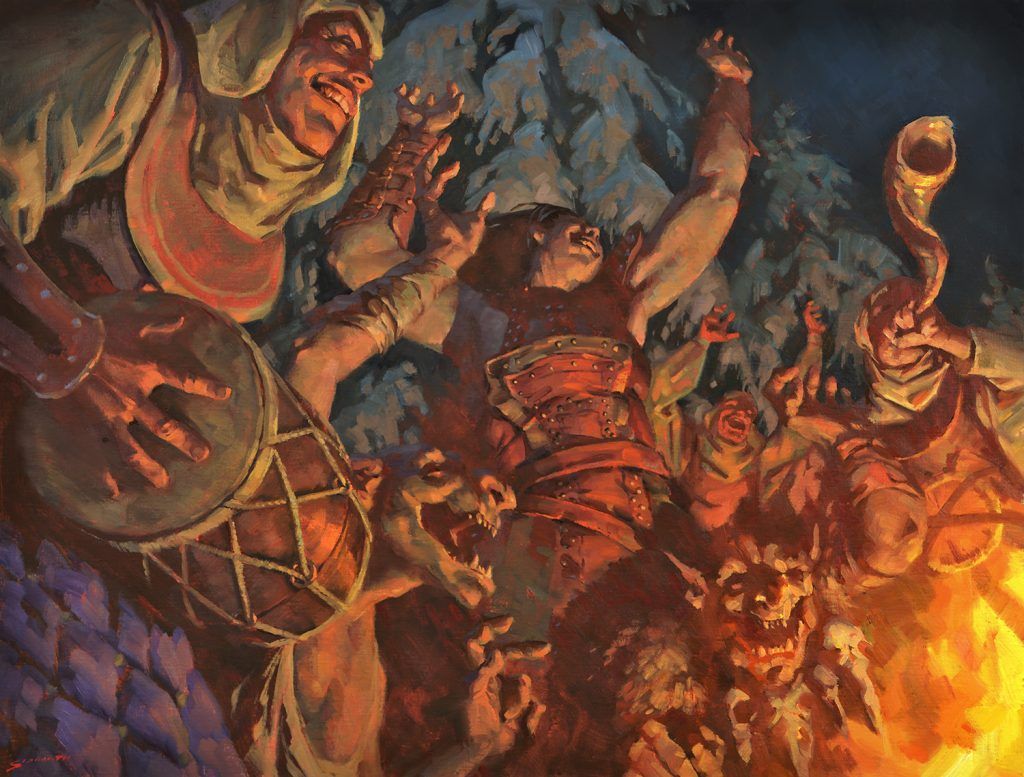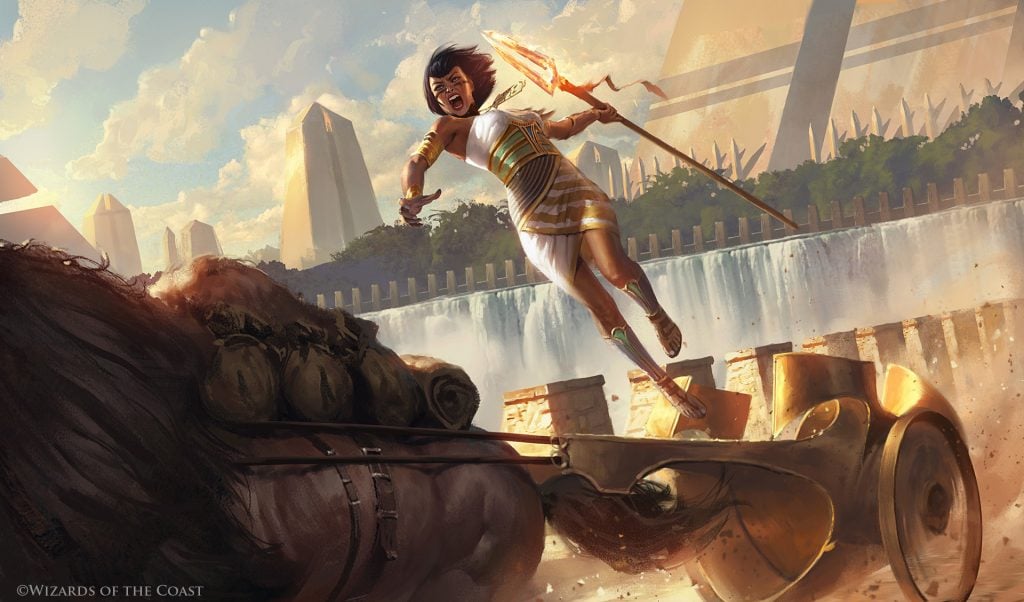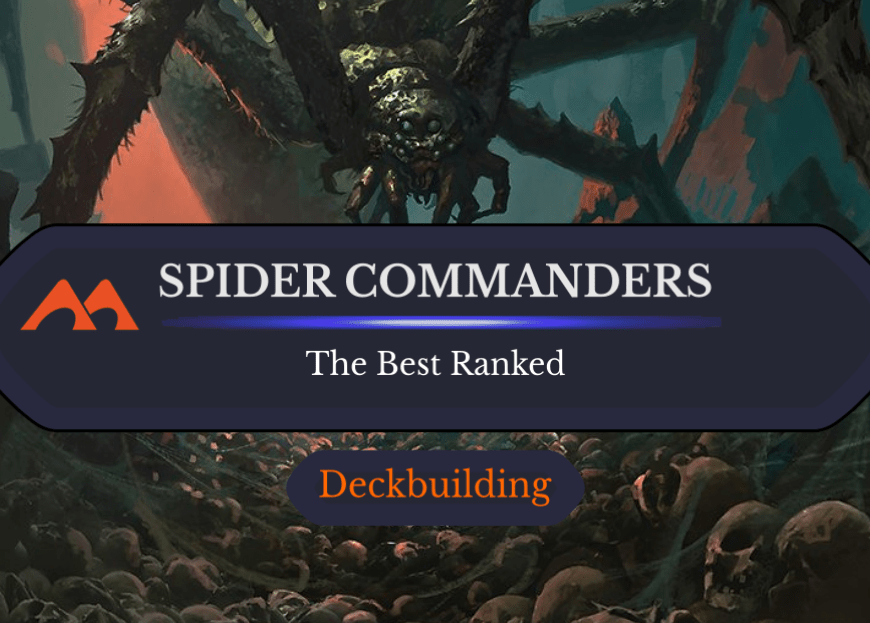Last updated on January 30, 2024

Comparative Analysis | Illustration by Willian Murai
Have you ever heard the terms “casual” or “competitive” in MTG? Ever asked yourself if you’re a casual or competitive player? Maybe you're just curious about the key differences between the two styles of play.
Well, look no further! Today I’ve got a breakdown of the key differences between casual and competitive Magic, from how players build their decks to their attitude toward the game. Let’s go through the key differences of these styles of play!
Tournaments

Fires of Victory | Illustration by Sidharth Chaturvedi
Competitive Magic often involves participating in tournaments or other organized events where players compete for prizes or rankings. Casual games may be played more informally with friends or in a less structured environment.
Rules
Casual games may have house rules or extra restrictions, like banning certain cards or limiting the number of powerful cards that can be included in a deck. Competitive games follow a standardized set of rules with no additional restrictions or changes.
Card Availability
There's the “cards I own” deck, which refers to decks that run only cards that their owners have in possession or can easily acquire. Most casual players build their decks around this principle. However, at the same time, competitive players may invest significant time and money to acquire rare and powerful cards to build decks that can win a considerable amount of the time.
Deckbuilding
When it comes to building decks, casual players often go for themes they find fun or cards that feature their favorite characters. They're often more concerned with their deck's power and how well the cards work together.
On the other hand, competitive players are all about winning. They want their deck to be as strong and efficient as possible, so they use the best cards available and focus on creating strategies to give them an edge over their opponents.
Card Quality
Casual players may be okay with the condition or rarity of their cards. In contrast, competitive players often prioritize using high-quality, rare, and foil cards since tournaments often require cards that aren't marked or damaged.
Time Commitment
This is one of the big differences between casual and competitive Magic. Casual games can be played at any pace or length, while competitive ones often require a significant time commitment for testing, practice, and tournament participation. On top of that, game rounds have a fixed time.
Attitude
When you’re playing with your friends and just want to hang around and spend some quality time with everyone at the table, the player's attitude tends to be more laid-back and friendly. However, that’s different for competitive games, where players may have a more severe or intense attitude toward the game.
Budget
Competitive players may have a dedicated budget for investing in their decks, casual ones may not be concerned with spending large amounts of money on cards or accessories.
Is There Such a Thing as Casual Competitive?
The term “casual competitive” may seem contradictory at first, but a game can have elements of both. In Commander, a “casual competitive” playstyle might involve playing optimized and powerful decks but with a focus on having fun and engaging with the social aspect of the game rather than winning at all costs.
A “casual competitive” player might enjoy using strong and efficient cards, but not necessarily at the expense of the fun and social experience of playing the game. They may be willing to make suboptimal decisions or play less powerful cards if it keeps the game exciting and engaging for all players involved.
In other cases, some formats are considered “casual” like Gladiator but are highly competitive because their player base runs powerful cards and run weekly tournaments.
Is Commander Considered Casual?
To some extent. While some communities may focus on decks' power level, Commander is generally considered a casual format. Its premise is to be a fun and creative multiplayer place that encourages players to build unique decks and engage in social interactions and politics during gameplay. Unlike more competitive formats, there’s no set metagame. A wider range of cards is viable, which allows for more diverse and interesting gameplay experiences. But some players choose to play Commander more competitively, with optimized decks. Overall, the format is best known for being more laid-back and friendly.
Casual vs. Competitive Play Modes on MTG Arena
When it comes to MTGA, rules change a bit. Two main things separate casual from competitive players: currency and the ladder.
I say currency because I’d consider pretty much every event that doesn’t cost gems, tokens, or gold as casual. There aren't any stakes involved in either winning or losing.
On the other hand, every format with a ladder involves a ranked system that goes from bronze to mythic. This system is usually tied to players' compensation in packs, gold, token, and gems by the end of each ranked season each month.
There are also events where players can spend currency to get back cards and gems based on the number of wins.
Casual MTGA Play Modes
- Historic Brawl
- Standard Brawl
- Standard Play
- Alchemy Play
- Historic Play
- Explorer Play
- Bot Match
- Color Challenge
- Midweek Magic Events
- Starter Deck Duel
Competitive MTGA Play Modes
- Standard Ranked
- Alchemy Ranked
- Historic Ranked
- Explorer Ranked
- Premier Drafts
- Traditional Drafts
- Sealed Events
- Traditional Sealed Events
- Quick Draft
- Jump In!
- Alchemy Event
- Traditional Alchemy Event
- Explorer Event
- Traditional Explorer Event
- Historic Event
- Traditional Historic Event
- Standard Event
- Traditional Standard Event
- Cube Drafts
Wrap Up

Onward // Victory | Illustration by Grzegorz Rutkowski
There are significant differences between casual and competitive playstyles, from the approach to deck building and card quality to the format of play and the amount of time and money committed. There are multiple factors that contribute to the topic, but ultimately the key to distinguishing between the two play styles is the players' attitude toward the game. Whether you prefer a more relaxed and fun-oriented experience or a highly competitive and strategic one, Magic offers something for everyone.
Even MTGA has a very established set of rules for their competitive and casual events, so I hope your questions on the topic have been answered. What do you think? Are there any other aspects that separate both styles? Let me know in the comments down below, or over on the Draftsim Twitter.
Take care, and ‘til we meet again!
Follow Draftsim for awesome articles and set updates:


Add Comment